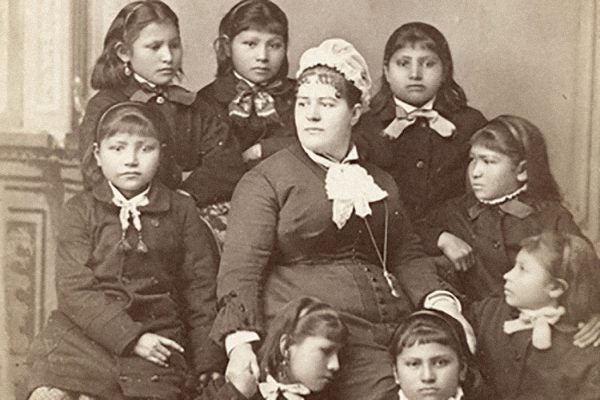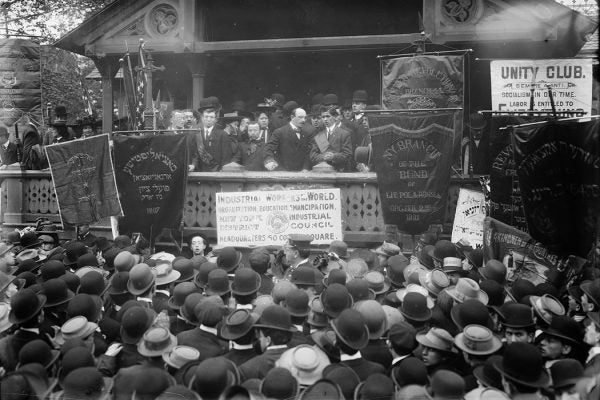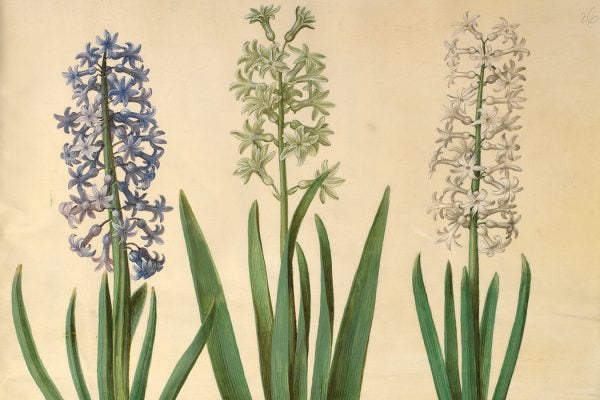The Radical Right-Wing Housewives of 1950s California
The mobilization of housewives in 1950s California echoes through US national politics in the twenty-first century.
Mothers Against Mothers in the American West
The participation of white mothers in the "bitter robbery" of Indigenous children from their families was a cruel irony in the colonialist programs of the US and Australia.
Angry Birds: Climate Change and Avian Migration
Temperature fluctuations throughout the years are affecting bird migration and mating, with sometimes violent results.
How Can Cities Keep Water Clean Now and in the Future?
As "megacities" grow in Africa and Asia, assuring residents long-term access to clean water may require a multidisciplinary approach.
From Didion to Hesiod: The Center Will Not Hold
Hesiod's poem reminds us that in the end, we must all make sense of our works and days, with the help of—or in spite of—the stories in our heads.
Mussolini’s Motherhood Factories
In fascist Italy, childbirth, breastfeeding and motherhood were given a hybrid structure of industrial management and eugenicist biological essentialism.
The NYC –> RUS Yiddish Socialist Pipeline
At the turn of the twentieth century, Yiddish became the language of political organizing for Russian Jews, thanks to the flow of literature from New York.
A Slap, Followed by a Duel
Dueling was a dangerous, ritualized response to a real (or perceived) slight. It may also have been a means of proving one's social and economic capital.
Plant of the Month: Hyacinth
A 2021 shortage of hyacinth bulbs brings to mind the long and storied history of its botanical and economic import.
Urban Evolution, Daily Bread, and Nuclear War
Well-researched stories from Knowable Magazine, Wired and other great publications that bridge the gap between news and scholarship.









